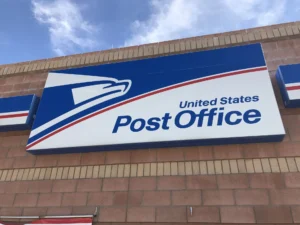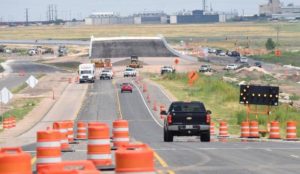A wacky millionaire in Amarillo, the late Stanley Marsh, was proud of posting signs around the city. One of them said “Road does not end.”
I now live in a community, Princeton in Collin County, Texas, where it can be said with a straight face that “road work does not end.”
We have this highway, U.S. 380, that runs through our city in an east-west direction. Traffic on it stalls westbound in the morning and eastbound in the afternoon as motorist go to work and then return home from work, respectively.
The Texas Department of Transportation and cities along the U.S. 380 route are planning ways that they acknowledge — if you ask them — that their big ideas are going to cause a whole lot of teeth-gnashing for the next several years.
They all want to relieve the traffic pressure on U.S. 380. Princeton City Manager Derek Borg told me recently that sometime in 2024, TxDOT will begin work on widening the highway from four lanes to six. Sheesh! Do I have to tell you about the disruption that will occur along that right-of-way? I won’t bother. I think you get it.
That’s not nearly the end of it.
Sometime soon, TxDOT is going to build freeway passes through communities along U.S. 380. Princeton, Farmersville, McKinney, Prosper, Little Elm and God knows where else will feel the impact of that work.
TxDOT has been gathering information from the communities, assessing the environmental impact of the monumental job. I am not sure when the agency plans to start work. This much I know: When it starts, there will be headaches a-plenty all along the highway.
When will it end? I haven’t a clue. I do believe it will bring significant traffic relief for cities such as Princeton … until the state decides to do even more work on our roadways.
The road work does not end!

